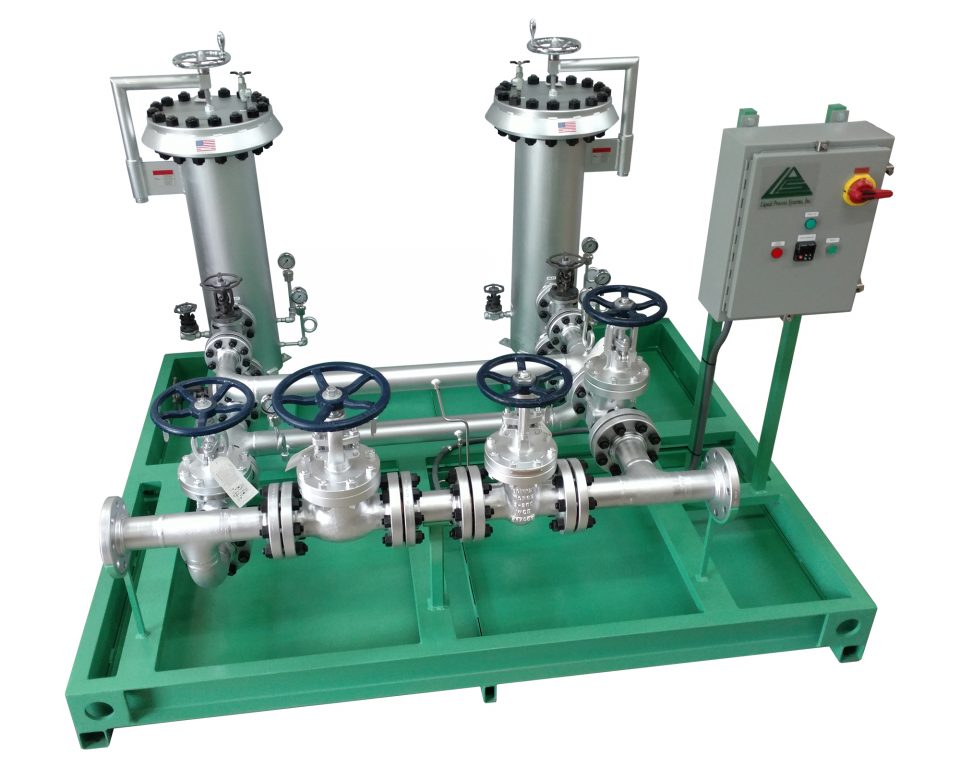There is quite a wide variety of heat transfer fluids that you can choose from in today’s market. Each of these products has its own set of properties that make them suitable for various applications. Selecting the right fluid for your heat transfer system is often a complex, multi-dimensional decision that requires careful consideration of different factors—including pressure requirements, thermal stability, and pumpability—in order to ensure an optimal balance between economy and performance in your system. Here are some key criteria to consider when choosing between heat transfer fluids:

- The fluid’s service temperature – This is an important factor to consider as the thermal stability of your heat transfer system should match the fluid’s service temperature. Bulk fluid temperature—which can be determined by the fluid’s temperature as it leaves the heater—is relevant, although fluid suitability can be better confirmed by the heating application’s skin film temperature as compared to the fluid temperature.
- Cooling temperature – A second service temperature may also need to be considered if the system is used for cooling in addition to heating. This temperature is what the fluid registers as it leaves the system’s heat sink. Although thermal stability isn’t as much of an issue for this particular part of the process, the fluid’s heat transfer properties in relation to its viscosity at a much lower temperature are relevant.
- Performance-relevant physical properties – Different physical properties of heat transfer fluids can affect their performance, such as the density, thermal conductivity, viscosity, and specific heat. For instance, the heat transfer ability of a fluid across a system’s interface largely depends on the proper levels of viscosity (low) and thermal conductivity (high), density (high), and specific heat (high). The right balance between these properties is critical to the function of the entire heat transfer system.
- Start-up conditions – In some situations, low temperatures during startup can be an issue. There are organic heat transfer fluids that don’t freeze and expand like water does, although their viscosity could increase substantially when the temperature drops to below 0-degrees Celsius or 32-degrees Fahrenheit.
- Reputable fluid supplier – Finally, choose a fluid supplier that you can trust to provide you with quality products and will relieve you of the burden of maintaining and monitoring the quality of your system’s heat transfer fluid. The best companies offer a fluid monitoring program that involves regular sample analysis to ensure optimal heat transfer fluid quality.
